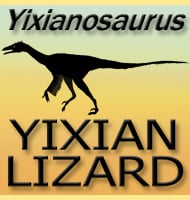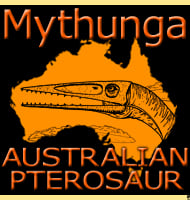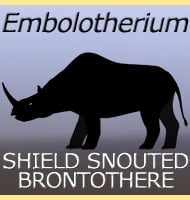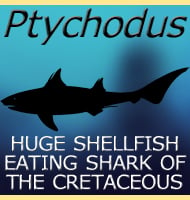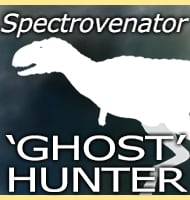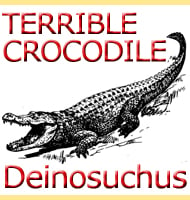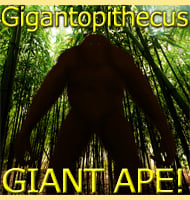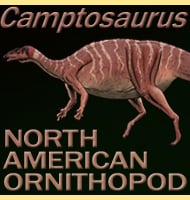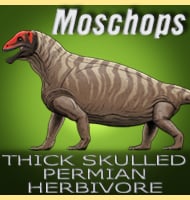In Depth
Further Reading
- Mummified moa remains from Mt Owen, northwest Nelson - Notornis 36 (1): 36–38. - Trevor H. Worthy - 1989. - Unique, dark olive-green moa eggshell from Redcliffe Hill, Rakaia Gorge, Canterbury - Notornis 39 (1): 63–65. - Beverley McCulloch - 1992. - Plant remains in coprolites: diet of a subalpine moa (Dinornithiformes) from southern New Zealand. - Emu Austral Ornithology - Mark Horrocks, Donna D’Costa, Rod Wallace, Rhys Gardner & Renzo Kondo - 2004.

